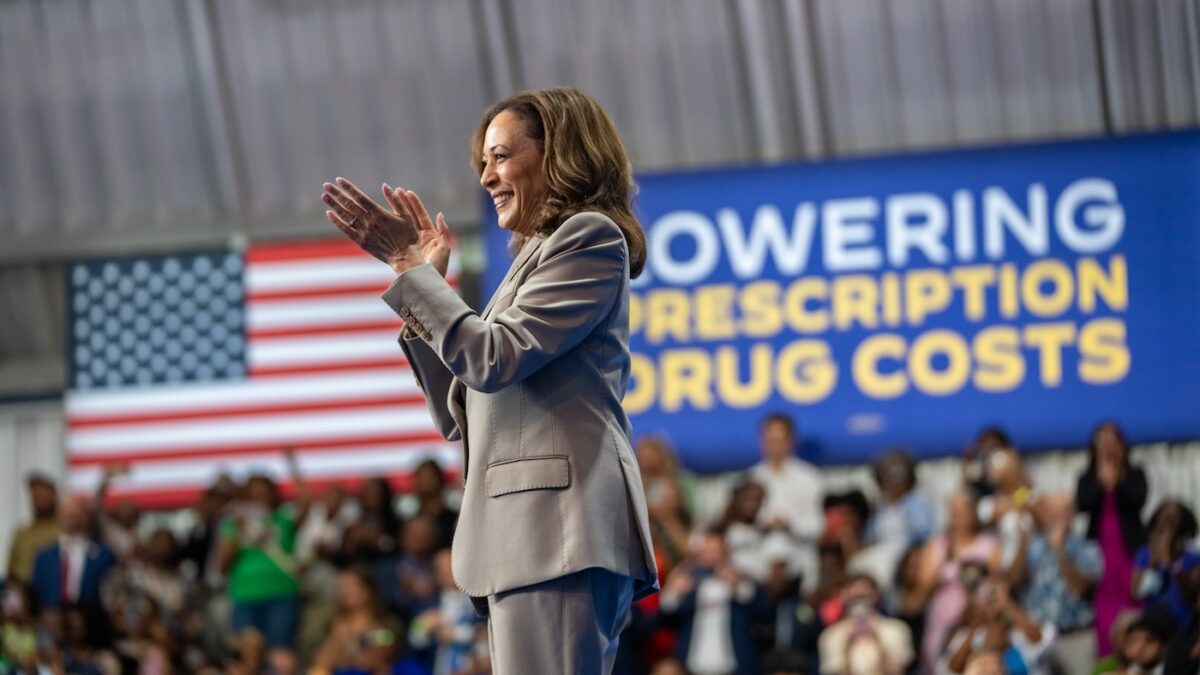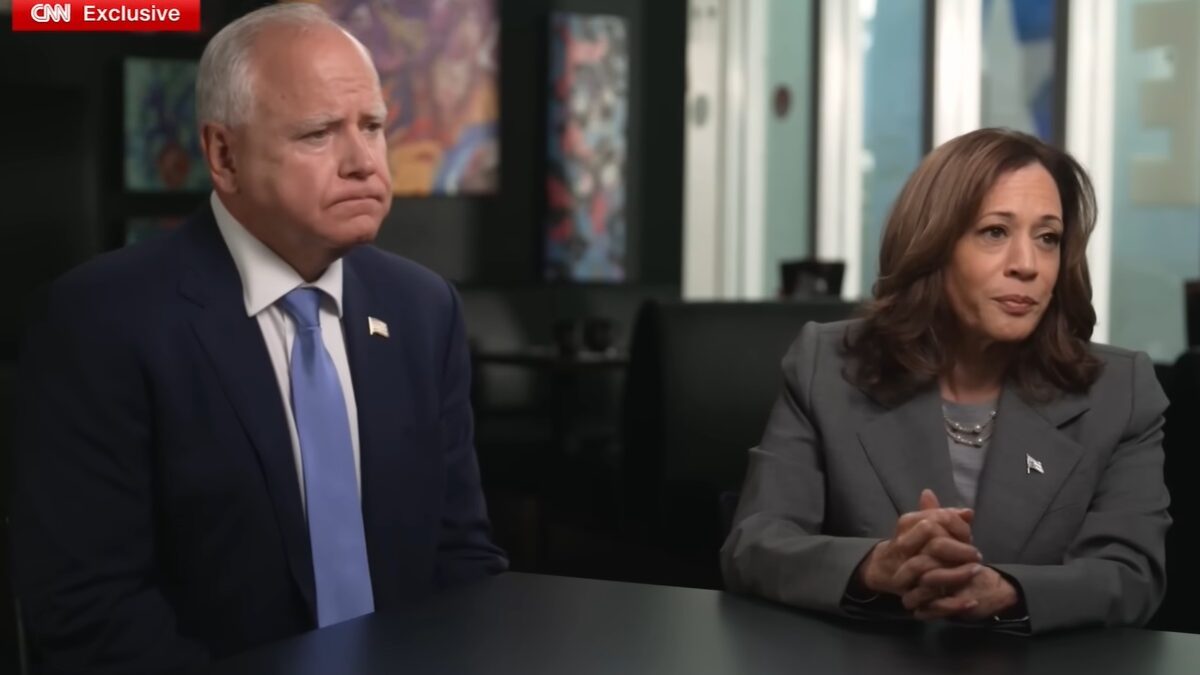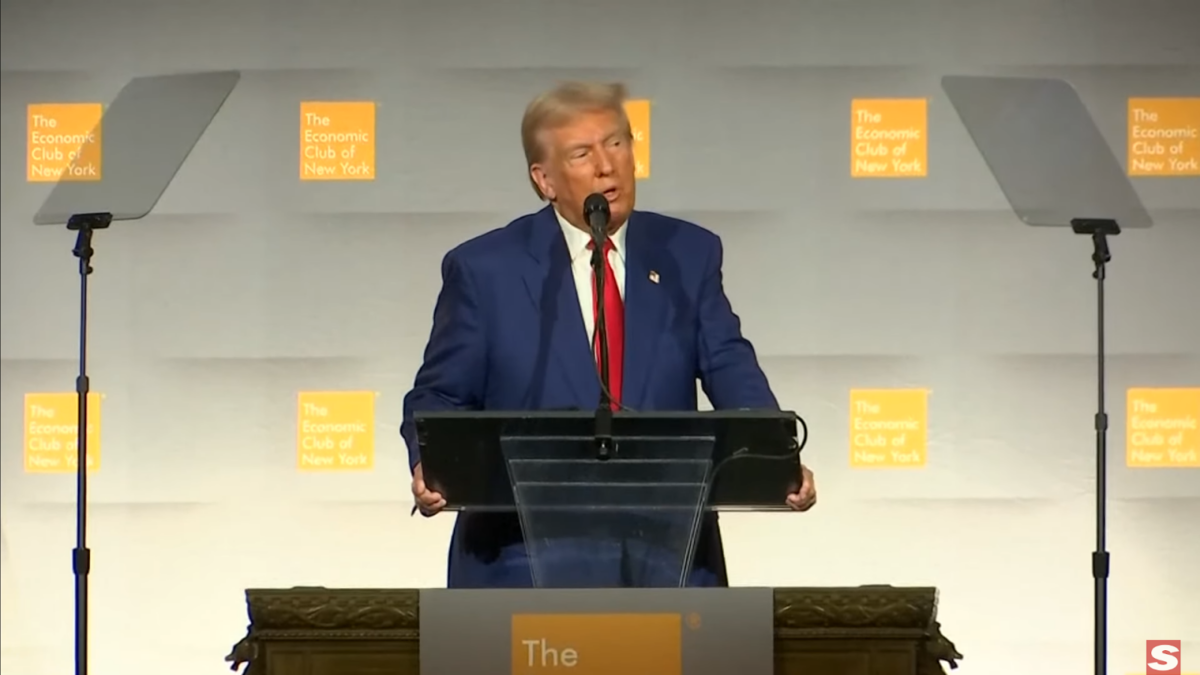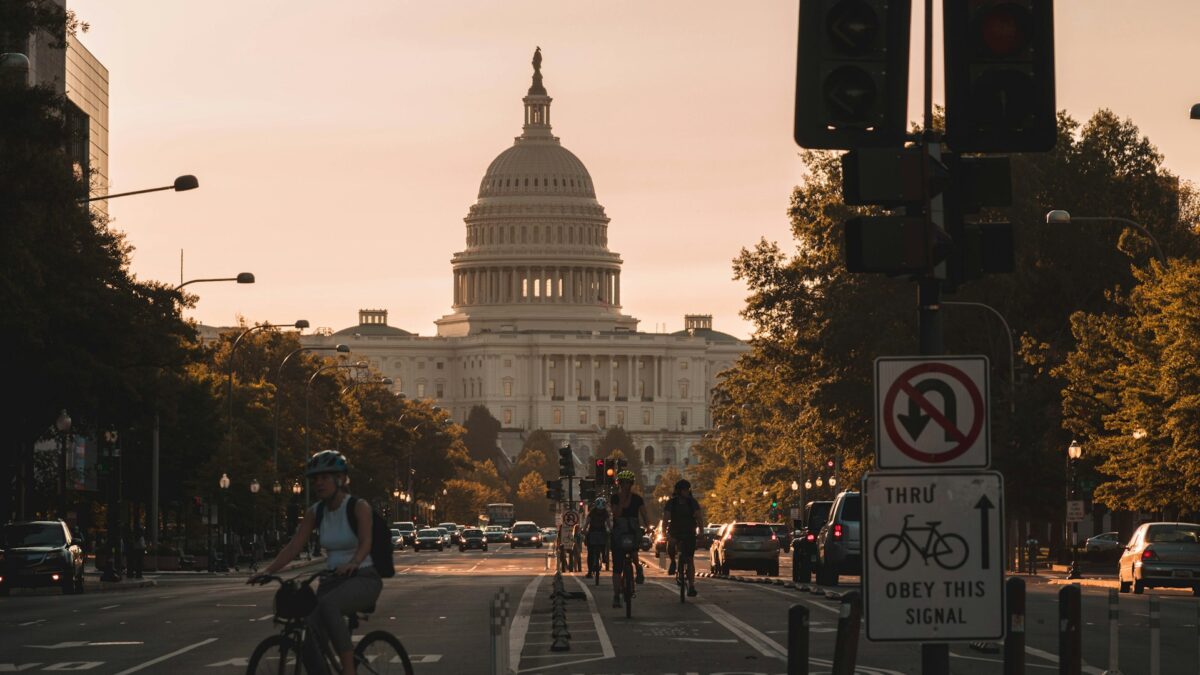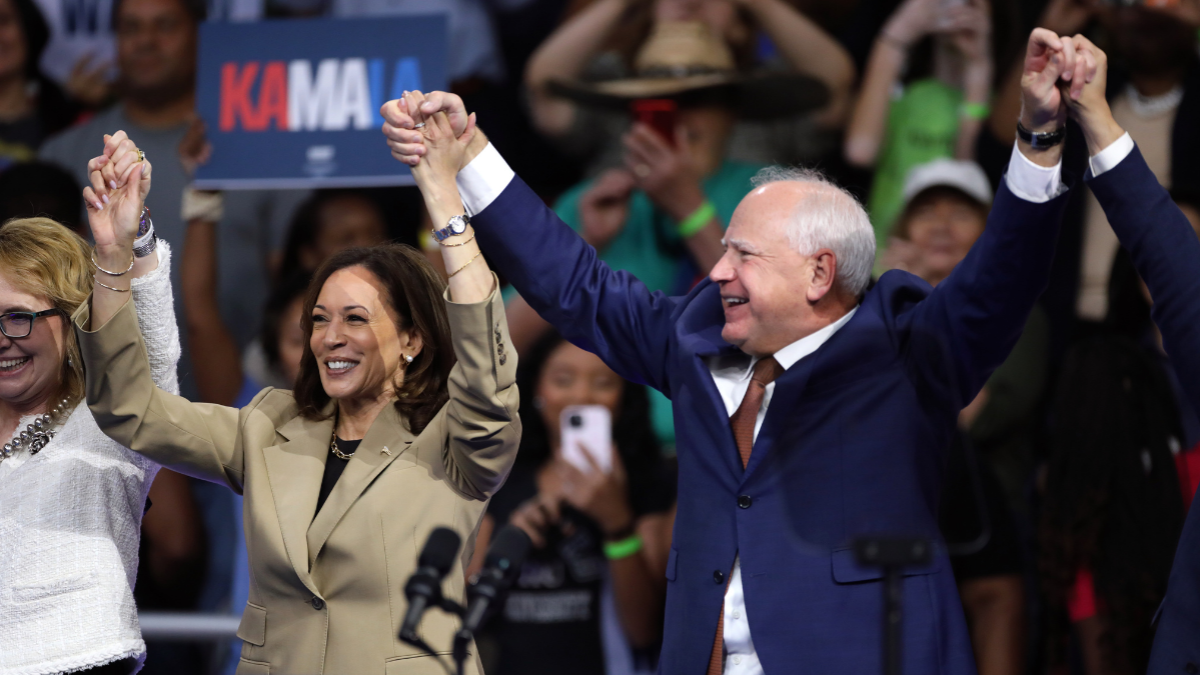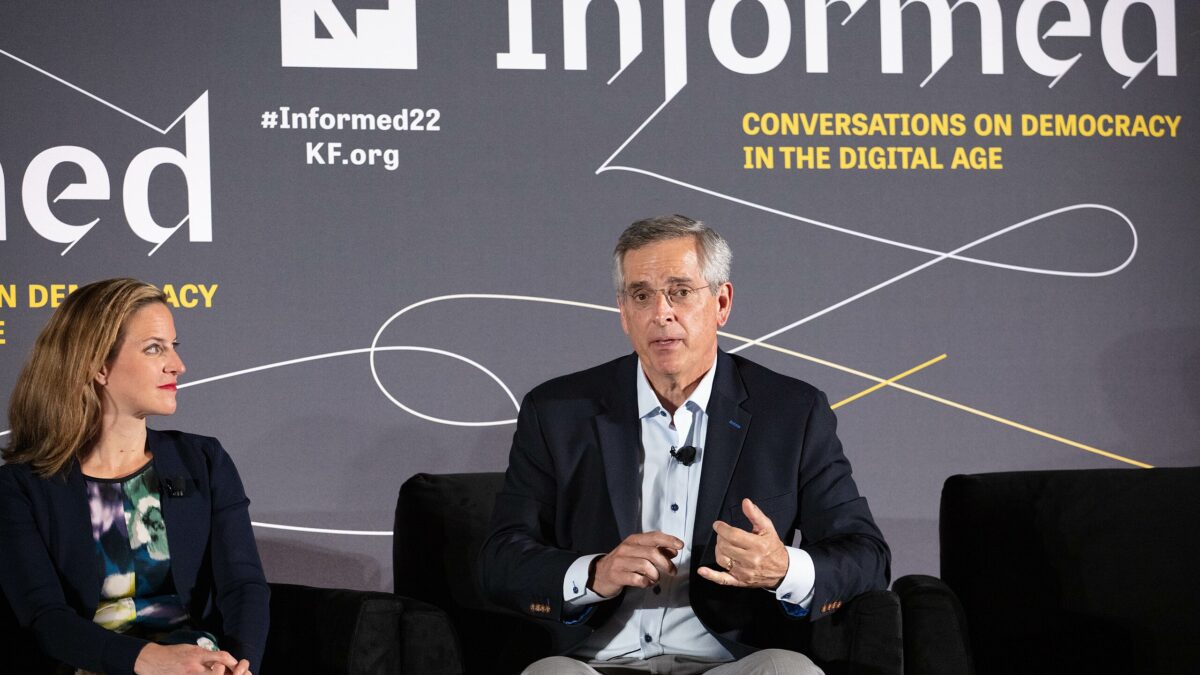Anyone who thinks Ronald Reagan remains irrelevant four decades after his last election victory hasn’t read Kamala Harris’ economic proposals. Reagan’s classic quote demonstrates how well he knew the leftist mindset:
Government’s view of the economy could be summed up in a few short phrases: If it moves, tax it. If it keeps moving, regulate it. And if it stops moving, subsidize it.
This describes the Harris plan in a nutshell: more spending, funded by higher taxes, coupled with heavy doses of regulation. Rather than reducing inflation, her policy proposals could well cause a new round of price spikes for struggling American families.
Massive Spending
Upon reviewing the proposals the Harris campaign issued in a press release late last week, the Center for a Responsible Federal Budget (CRFB) estimated they could spend $2 trillion in the coming decade and more if all were made permanent (as Democrats will certainly want to do). Among the proposals:
- $1.1 trillion to reinstitute the Biden “stimulus” system of child subsidy payments, a stopping point on the way to a universal basic income (which Harris has also supported);
- $100 billion to further expand the child subsidy to $6,000 for newborns;
- $400 billion to extend the Obamacare premium subsidies that have encouraged fraud and give tax breaks to wealthy individuals;
- $150 billion to expand the earned income tax credit to workers without dependents;
- $100 billion for a $25,000 first-time homebuyer credit for four years; and
- Another $100 billion for “affordable housing policies” for four years.
Harris’ campaign told CRFB that it supported all the tax increases included in Joe Biden’s budget, consistent with her endorsement Monday of Biden’s proposal to increase the corporate income tax rate to 28 percent (up from the current 21 percent).
She has also endorsed Biden’s expansion of government price controls on prescription drugs — creating more Medicare “savings” that Democrats can raid to pay for other spending. But several of her spending proposals go beyond Biden’s plans, leaving a black hole even larger than the one in Biden’s own budget.
Subsidies Driving Inflation
Beyond the obvious deficit effect all this spending will have, the gusher of federal money designed to make health care and housing “affordable” will do anything but. The most ironic quote in Harris’ plan discusses “doubling down” on the current administration’s housing innovation fund. On that proposal, like so many others, Harris wants to double down on failed policies — government throwing too much of other people’s money at too few goods — that represent the perfect recipe for inflation.
The housing proposals in particular epitomize the phenomenon of one bad government intervention begetting another (and another, on and on). The combination of cheap money from the Federal Reserve and politicians’ desire to promote “affordable” options — the same desire that motivates Harris’ plans — led to a lowering of credit standards that resulted in the subprime mortgage crisis and the Great Recession.
In the years since, the problems for would-be homeowners have only gotten worse. Mortgage rates have risen in response to the rapid rise of inflation, diminishing affordability still further. Of course, the trillions of government spending helped spark the inflation that required the Federal Reserve (belatedly) to raise interest rates in the first place.
Given this dynamic, one would think that Harris and her colleagues would change course, consistent with the parable that there is no educational value in the second kick of a mule. Unfortunately, however, they have not learned their lesson, meaning the American people will have to take it in the shins yet again.
Communist Kamala?
As if the trillions in myriad new spending proposals didn’t constitute bad enough policy, Harris’ coup de grace came via a proposal to “advance the first-ever federal ban on price gouging on food and groceries.” As The Washington Post’s left-of-center columnist Catherine Rampell criticized the proposal, “If your opponent claims you’re a ‘communist,’ maybe don’t start with an economic agenda that can (accurately) be labeled as federal price controls” (parentheses original).
After asking Harris’ campaign for specifics of the proposal and receiving no response, Rampell discussed similar legislation from Sen. Elizabeth Warren, D-Mass., and outlined its problems:
It’s hard to exaggerate how bad this policy is. It is, in all but name, a sweeping set of government-enforced price controls across every industry, not only food. Supply and demand would no longer determine prices or profit levels. Far-off Washington bureaucrats would. The [Federal Trade Commission] would be able to tell, say, a Kroger in Ohio the acceptable price it can charge for milk.
As a health policy analyst, I can find an obvious analogy: A similar strategy of micromanaging thousands of prices within an economic system has not exactly kept health-care costs in check. Instead, Medicare’s combination of regulating prices and subsidizing costs has led to soaring spending, because doctors and hospitals come up with various ways to circumvent the price controls, generally by performing more procedures or services.
To end where we began, the Great Communicator noted that the nine most terrifying words in the English language are, “I’m from the government, and I’m here to help.” Kamala Harris’ economic policies contain more than nine words but should equally terrify those working families whom Harris claims she will “help.”
